Asia Travel Pulse
India Issues Urgent Travel Advisory for Travelers: Avoid Thailand-Cambodia Border Areas Amid Rising Violence
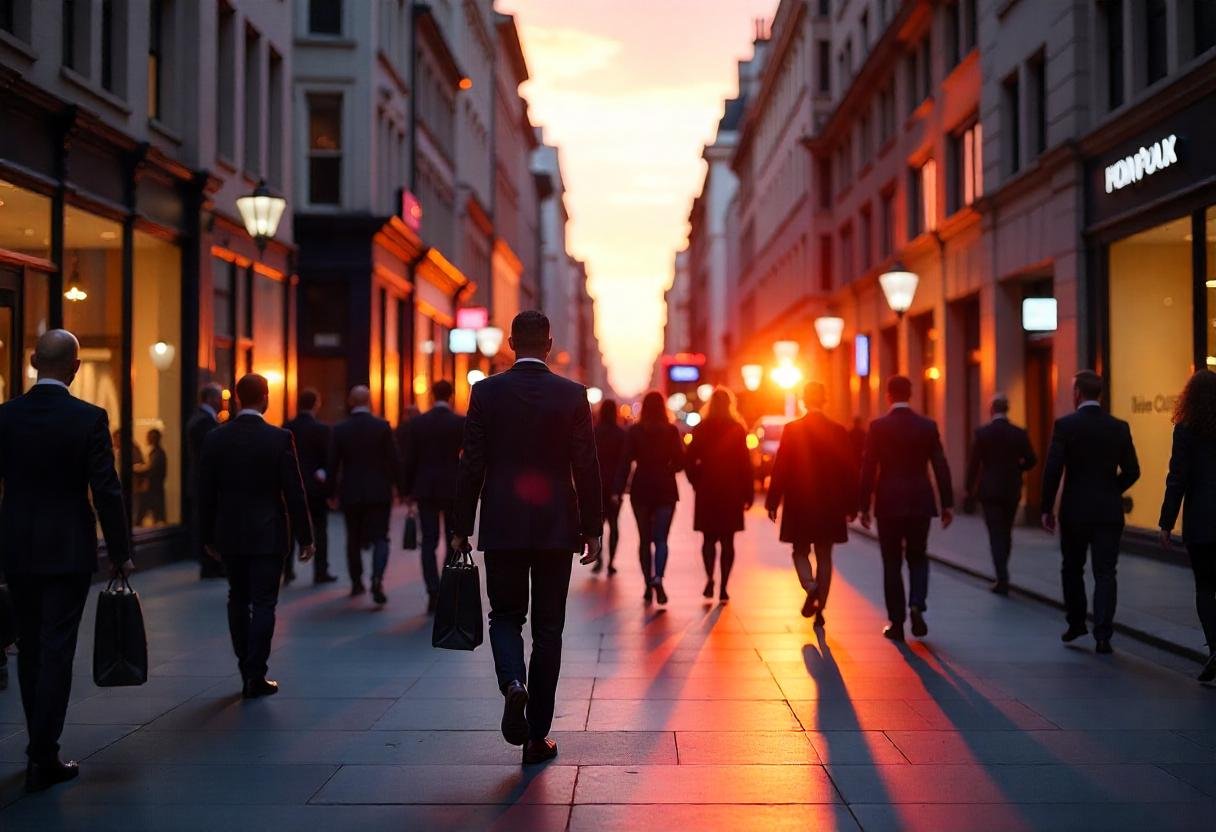
Saturday, July 26, 2025
As tension builds up on the Thailand-Cambodia border, Indian Embassy in Thailand has put out a travel advisory asking Indian nationals not to visit seven provinces along the border area. The precautionary measure comes after a recent spate of violence in regions both countries have long claimed that has escalated in recent months.
In its statement, the embassy emphasized that all travelers should stay informed about the evolving situation by consulting official sources, including updates from Thailand’s Tourism Authority (TAT Newsroom). This advice comes as the situation near the border grows increasingly volatile, with reports of armed clashes between Thai and Cambodian forces.
The advisory was issued in conjunction with statements from Thai authorities, who have expressed growing concern about the escalation of the conflict. The acting Prime Minister of Thailand warned that the situation had deteriorated significantly, with acts of intrusion and aggression becoming more frequent. He cautioned that the risk of the conflict escalating into a full-scale war remained high, with heavy weapons being used in the ongoing confrontations.
Thai officials have issued travel warnings for over 20 areas across multiple provinces. Affected regions include Ubon Ratchathani, Surin, Sisaket, Buriram, Sa Kaeo, Chanthaburi, and Trat. These areas have witnessed some of the fiercest fighting, with armed exchanges, shelling, and rocket attacks becoming commonplace.
The situation took a dramatic turn on Thursday when violent clashes broke out along the border, resulting in at least 16 fatalities and numerous injuries. Among those who lost their lives were children, a soldier, and civilians, while dozens more were injured. The Thai military reported that 15 soldiers and 30 civilians had sustained injuries in the violence. In total, tens of thousands of people have been forced to flee their homes, seeking refuge in safer areas away from the conflict zone.
Thailand’s military forces have been engaged in airstrikes on Cambodian territory in response to the violence. According to reports, Cambodian forces have been using heavy artillery and Russian-made BM-21 rocket launchers, prompting retaliatory strikes from Thai forces. The situation remains tense, with both sides engaging in heavy fire exchanges.
In addition to the physical toll, the violence has led to a humanitarian crisis, with more than 58,000 people displaced across the affected provinces. Cambodian officials have confirmed the evacuation of more than 4,000 individuals from border-adjacent areas, relocating them to safer regions.
This recent escalation represents the second major clash between Thailand and Cambodia in the past few months. The tensions initially flared in May, following the fatal shooting of a Cambodian soldier, which led to diplomatic tensions between the two nations. The most recent escalation came shortly after both countries downgraded their diplomatic relations in response to a landmine explosion that injured several Thai soldiers.
Given the rapidly changing situation, Indian nationals planning to travel to Thailand are strongly urged to exercise caution and stay updated on the latest developments. Travelers are urged to rethink non-essential travel to the impacted provinces and steer clear of regions near the Thailand-Cambodia border, where the situation remains unstable.
For further information and real-time updates, travelers are encouraged to monitor official channels and local news sources. Safety and security should remain the top priority for anyone planning to visit Thailand during this uncertain period.
In conclusion, the current violence happening on the Thailand/Cambodian border has increased humanitarian concerns and danger for tourists. In a retaliatory move, the Indian Embassy has released an urgent travel advisory suggesting its citizens to not travel to the affected provinces which witnessing increasing tension and an escalation of armed fighting. With hundreds dead and many thousand displaced, the situation is still fragile and travelers are implored to keep themselves informed through the authorities. As the situation on the ground evolves quickly, anyone with plans to visit or currently in the border regions of Thailand, safety should be number one.
Asia Travel Pulse
a calming urban stay with only-in-Japan design
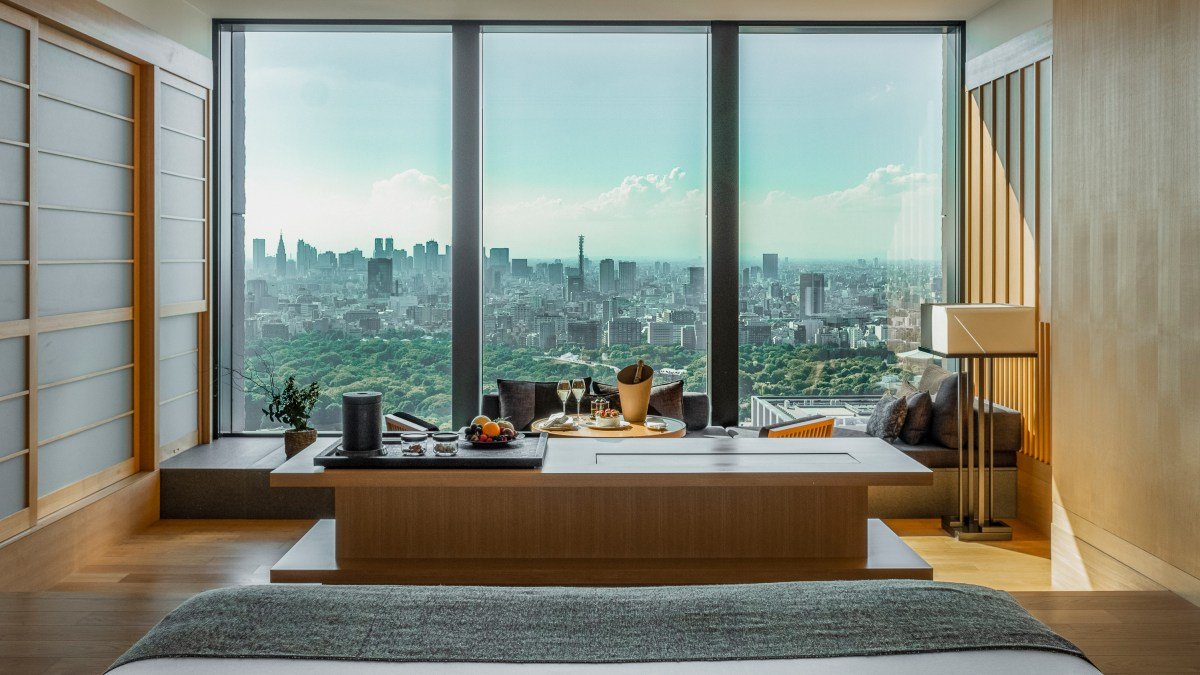
As you step out of the lift into the 33rd-floor lobby of Aman Tokyo, you’re met with a statement of design intent: a soaring 30m-high ceiling like a traditional Japanese lantern, with layers of washi paper stretched over a shoji wooden frame. In a city this crowded it’s a bold move to set aside so much space purely for the purpose of a calming, airy reception, but that’s what Aman is all about. Although the brand’s hotels are usually in rural locations, it’s ensured that its signature vibe of relaxed luxury underpins this city example too, incorporating traditional Japanese elements like ikebana (flower arranging) and karesansui (dry landscape gardens). There are also works by Japanese artists dotted throughout the hotel, including several by the innovative plaster artist Syuhei Hasado. Between its understated design, top-notch spa and attentive service, Aman Tokyo is a place of calm in this brilliant, buzzing and often overstimulating metropolis.
Overall score 9/10
This article contains affiliate links that will earn us revenue
Rooms and suites
Score 9/10
All 84 rooms are suites. Even the smallest measure a generous 71 sq m, with views of the Imperial Palace grounds — and, on clear days, Mount Fuji. Their minimalist but warm design blends modern comforts with the aesthetics of traditional Japanese homes. You’ll find low beds and sliding doors in each suite, alongside a TV that disappears into a cabinet at the touch of a button and bedside panels that control temperature, lighting and blinds. Decor uses traditional materials such as cypress and camphor wood, washi paper and stone alongside art such as flowing black-ink calligraphy.
There are always two wardrobes (with yukatas — cotton kimonos — to wear in bed or to the spa) and two sinks. A deep window-side soaking tub lets you watch the city lights while you bathe, and there’s a separate shower with a cypress stool. The Aman-branded amenities are high quality and you can get a skincare sample kit, including toner, serum and other items, for an additional fee.
Food and drink
Score 8/10
At the Arva restaurant pared-back design draws your attention to floor-to-ceiling windows and an 8m-tall wine cellar. The chef combines Italian techniques with Japanese ingredients in dishes such as roasted Ibaraki Kasumi duck with turnip, kumquat and timur pepper. Lunch and dinner set menus are available, plus evening à la carte, and delicious breakfasts are served here or in your room. Elsewhere, the Lounge offers all-day dining — its three-tiered afternoon teas are popular — but comes into its own after dark, with a sparkling city view. Try the wagyu burger or hitsumabushi (eel three ways) accompanied by a signature yuzu martini. Musashi serves exquisite Edomae sushi; the chef grows his own rice, prepares his own saké and even hand-makes the crockery. Meals are served in omakase (chef’s choice) style at a simple cypress-wood counter. On the ground floor, the Café serves inventive lunches, sweets, hot drinks and evening meals against the backdrop of Otemachi Forest; for more cakes and pastries head to La Pâtisserie.
• Discover our full guide to Japan
• More of the best hotels in Tokyo
What else is there?
Score 9/10
Decorated in the chic, dark tones of the rest of the hotel, Aman Tokyo’s impressive spa spans 2,500 sq m across two floors. Whether you opt for a signature or seasonal treatment, it’s guaranteed to be personalised, unhurried and restorative. You’re encouraged to arrive an hour early for a relaxing misogi (traditional water cleansing) experience in Japanese-style baths and steam rooms. On the same floor is a stunning 30m pool with recessed loungers and floor-to-ceiling windows on two sides. Unusually for Japanese hotels, tattoos don’t need to be covered here (nor in the baths). As with the spa and pool, the 24-hour gym elevates what could be a standard hotel facility — beside free weights, TRX bands and machines, you have access to personal training (for an additional fee) and classes. Yoga and Pilates are among the complimentary activities on offer, which might also include saké tasting or meditation. Other cultural experiences (costing extra) include Sumida River cruises, iaido (swordsmanship) lessons and visits to a training stable for sumo wrestlers.
Where is it?
Score 8/10
Aman Tokyo takes up the top six floors of Otemachi Tower, in the Otemachi business district between Tokyo Station and the Imperial Palace. This puts it within walking distance of the excellent food and shopping around the station, plus Nihonbashi’s izakayas (traditional pubs) and department stores. The northern section of the palace gardens also contains cultural facilities like the National Museum of Modern Art and the National Museum of the Imperial Collections. Of course, proximity to Tokyo Station means easy access to the rest of the city, the airports and the rest of Japan via bullet train.
Price B&B doubles from £1,401
Restaurant mains from £19
Family-friendly Y
Accessible N
Rebecca Hallett was a guest of Aman Tokyo (aman.com)
• Best things to do in Tokyo
• Tokyo v Osaka: which is better?
Asia Travel Pulse
America, Asia, Europe, Middle East, and Africa Drive the Future of Travel with Augmented Reality Technologies Projected to Boost the Market to 29.58 Billion by 2025
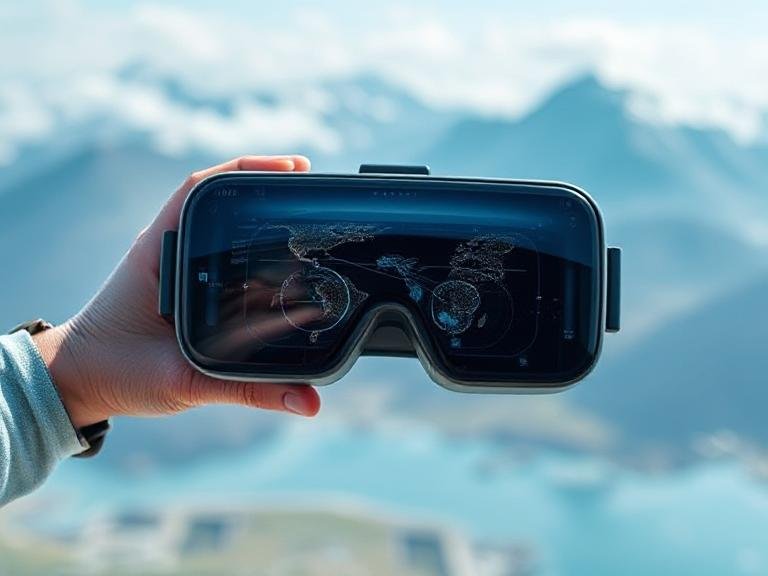
Saturday, July 26, 2025
Augmented Reality (AR) has been one of the most exciting technologies in the travel and tourism space in recent years. As AR can augment and enable the travel experience, it has been transforming the way tourists interact with destinations, services, and booking services. This market has already been growing rapidly, that growth will now just accelerate even faster in the future. The case for AR in travel This demand for AR comes from quite a few directions, including immersive travel experiences, imaginative solutions for navigation, cultural storytelling, connecting with your customers and more.
Projected Market Growth for Augmented Reality in Travel and Tourism by 2025
The augmented reality market within the travel and tourism sector has witnessed impressive expansion, and its outlook for the coming years is even more optimistic. By 2024, the market is anticipated to generate \$21.44 billion in revenue, with a forecasted rise to \$29.58 billion by 2025. This growth equates to a significant compound annual growth rate (CAGR) of 38.0%. The surge in market size is largely attributed to the improvement in user experiences, the support of local businesses, and the increasing integration of social media, which encourages travel and tourism promotion. Positive user reviews and the growing interest in experiential travel are also contributing factors to the market’s expansion.
Augmented Reality Market Outlook for 2029
Looking ahead to 2029, the market for augmented reality in travel and tourism is set to grow exponentially. With an anticipated market value of $109.13 billion, the industry will experience a CAGR of 38.6% over the next five years. The increase in market demand can be attributed to a range of applications in key tourism segments such as travel booking, educational tourism, nature-based adventures, and the sharing of user-generated content. As travelers become increasingly connected to digital tools, AR will continue to be a central player in enhancing their experiences. Notably, wearable AR devices, wayfinding solutions, contactless interactions, and cultural storytelling are expected to become major trends during the forecast period.
Key Drivers Powering Market Expansion
Several key drivers are contributing to the rapid expansion of the augmented reality market in travel and tourism. The increasing demand for travel—spanning leisure, business ventures, and sports activities—has spurred interest in smart tourism and AR applications. As tourism becomes more personalized, travelers are looking for ways to engage in more interactive and immersive experiences. In 2023, the United Kingdom saw a surge in foreign visitors, with 38 million arrivals, representing a 21.7% increase from the previous year. These travelers contributed $39.4 billion to the UK economy, an increase of $5.84 billion. The adoption of AR technologies in travel is helping to meet these increasing demands by offering tourists a more captivating and informative experience, whether for navigation, entertainment, or cultural exploration.
Trends Disrupting the Augmented Reality in Travel and Tourism Market
A growing number of businesses in the augmented reality sector are collaborating to develop innovative products and services that enhance the travel experience. By leveraging shared resources and expertise, strategic alliances are accelerating the development of new AR applications in travel and tourism. A prime example is the partnership between ARway.ai and AI Safer, announced in January 2023. This collaboration focuses on improving visitor engagement at cultural sites and museums in Saudi Arabia, using AR navigation technology. The aim is to create immersive experiences that help visitors deepen their understanding of the country’s rich cultural heritage, showcasing the growing potential for AR in heritage tourism.
Emerging Segments and Market Expansion
The augmented reality in travel and tourism market is segmented into several key areas, which provide various growth opportunities for both developers and investors:
By Component:
Hardware: AR glasses, mobile devices, and head-mounted displays (HMDs)
Software: AR applications, development tools, and content management systems (CMS)
Services: Consulting, integration, and maintenance services
By Technology:
Augmented Reality (AR) and Virtual Reality (VR)
By Application:
Hospitality
In-flight entertainment
Travel booking services
AR gamification
Navigation solutions
These segments highlight the diverse applications of AR technology, from enhancing travel booking experiences to enriching in-flight entertainment and improving navigation and gamification. As demand grows, additional subsegments such as educational tourism and cultural storytelling will continue to drive growth.
Market Leaders in the Augmented Reality Travel and Tourism Sector
Numerous international companies are at the forefront of driving innovation in the augmented reality travel and tourism sector. These players include technology giants such as Apple Inc., Google LLC, and TeamViewer SE, as well as travel industry leaders like Delta Air Lines, Marriott International, and Booking.com. These companies are shaping the future of travel through their investments in AR technologies, which enhance various aspects of the travel journey. Additionally, travel brands like TUI Group, Airbnb, and Hilton Worldwide are also exploring the potential of AR to deliver superior customer experiences and expand their service offerings.
Regional Market Insights: North America and Asia-Pacific
As of 2024, North America remains the largest regional market for augmented reality in travel and tourism. The adoption of AR technology in the region is expected to continue its strong growth due to widespread interest in enhancing customer engagement and the region’s technological infrastructure. However, Asia-Pacific is poised to become the fastest-growing region in the coming years, driven by increasing tourism in countries such as China, Japan, and India. The Asia-Pacific region is expected to see rapid adoption of AR in tourism due to its large population, growing middle class, and increasing use of mobile devices and wearable technology.
AR in Tourism- A New Era of Innovation
It’s fair to say that the AR travel and tourism market is going through an interesting expansion phase at the moment. With immense expansion expected in the year ahead, the industry is expected to grow to be an essential part of travel. With global tourism on the rise and AR technology picking up steam, the industry should see more personalized, more immersive, and more efficient travel experiences on the horizon. For both tourists and organizations, AR applications that allow users’ easy navigation, inspiring cultural immersion, and customized service will be of great interest. The reality is this, as the technology develops the augmented reality in travel and tourism sector will continue to redefine the challenge for seeing the world, in turning all travel experiences into a more interactive, engaging opportunity than ever before.
Download report here: https://www.thebusinessresearchcompany.com/report/augmented-reality-in-travel-and-tourism-global-market-report
Asia Travel Pulse
Thailand Travel Warning: What To Expect And How To Stay Safe
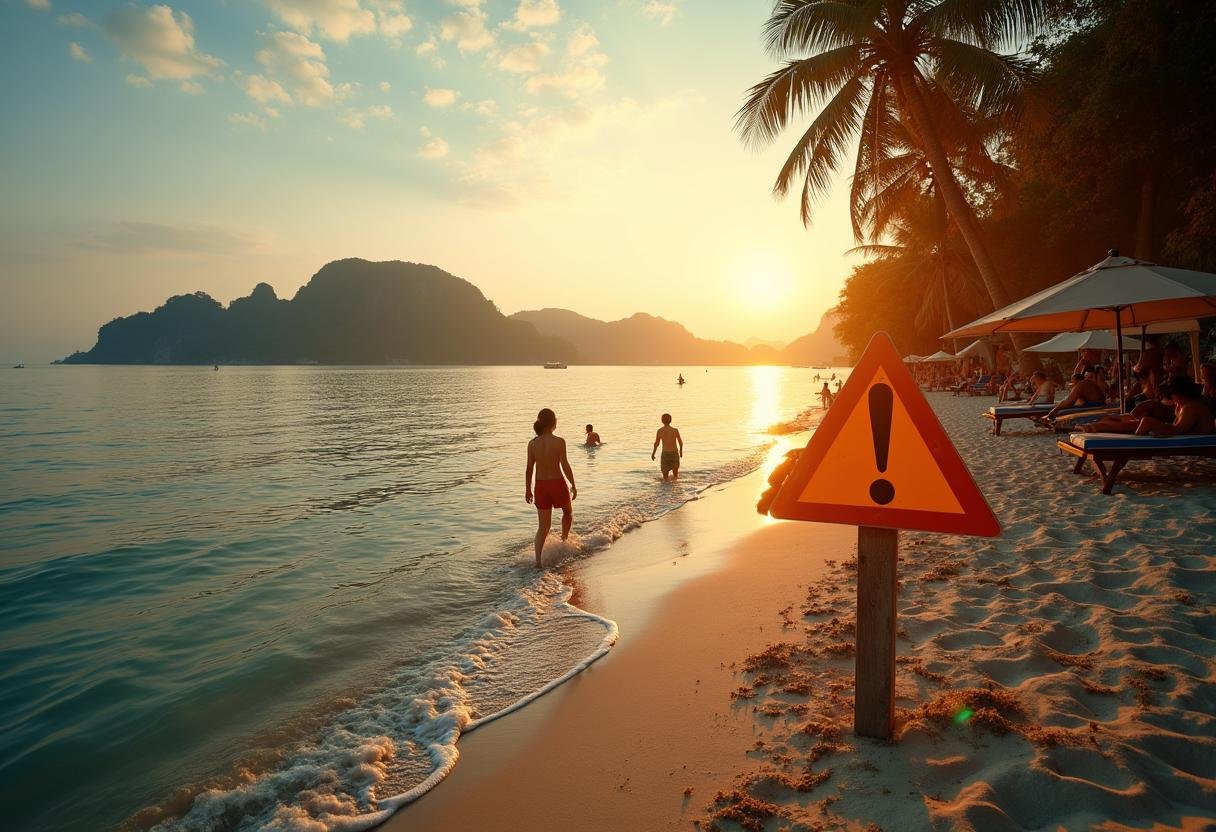
Saturday, July 26, 2025
Thailand is an evergreen favourite among holidaymakers, known for its beautiful beaches, bustling cities, and of course its rich cultural heritage. The appeal of places like Bangkok, Phuket, and Chiang Mai has only strengthened over the years, particularly as global awareness has grown. Yet in the past few days, the United States Department of State’s “do not travel” advisory specifically for Thailand has been relaxed to “exercise increased caution” for a turbulent situation in some areas. This change in advisory is a useful reminder that, even in the most popular tourist areas of the world, problems can still occur.
The New Warning Has Not Been Lifted: What Prompted It?
On Friday, the United States State Department officially escalated its travel advisory for Thailand from Level 1, “exercise normal precautions,” to Level 2, “exercise increased caution.” This revision to the Travel Advisory updates information on civil unrest and ongoing insurgent attacks in southern Thailand’s Yala, Pattani, and Narathiwat provinces. Violence persists in these regions caused by the conflict between the Thai military and armed militants, which has occasionally resulted in incidental injuries and deaths of civilians.
The warning also noted that 17 districts remain in both provinces under declared states of emergency as a result of continuing violence. While the conflict has largely been low in intensity, there is the risk of exposure for travelers in the affected regions. But it’s not forgettable that these outbreaks are localised mostly in the south and elsewhere have minimal effects in popular travel spots such as Bangkok, Chiang Mai, and Phuket.
The Thai-Cambodian Border: A More Dire Caution
General Travel Advisory for Thailand raised to Level 2 from Level 1 & US Department of State offers the highest Level 4 “Do Not Travel” warning to areas within 50 km of the Thai-Cambodian border. This zone has been the site of continuous armed struggles between the Thai armed forces and the Cambodian Army. The fighting, involving artillery and rocket fire, has caused civilian casualties, and the Thai government has issued evacuations in some areas.
The advisory makes it clear that there is an increased risk of violence for people in or near this border region. For travelers, that means avoiding all but essential movement to these areas, for the time being. The U.S. government has also underscored that due to the conflict, the U.S. is limited in what it can do to help in these provinces. As a result, if anyone decides to travel to Thailand, they are strongly urged to have an exit plan that does not depend on U.S. government assistance.
Travel Advisory Experimental Details and Recommendations
Updated September 2016. The Department of State is concerned that American citizens will be victims of terrorist actions in the Southeast Asian countries of Malaysia and Thailand. The alert is intended to provide travelers with an increased level of information and guidance in the event of problems before or during their trip.
For those who plan to travel to Thailand, it is suggested that:
Stay in known tourist areas: The main tourist destinations such as Bangkok, Chiang Mai, and Phuket are not affected by the violence in the far south. The areas remain safe and accessible to tourists.
Stay out of the southernmost provinces: Travelers should steer clear of the Yala, Pattani, and Narathiwat provinces, where the government has been battling a low-key but persistent insurgency, and unrest can flare up at any moment.
Stay away from the Thai-Cambodia border: The U.S. Department of State has issued a Level 4 warning that “security and safety risks” remain high, due to the consistent armed conflict between the Thai and Cambodian military near the Thai-Cambodia border, within an area within 31 miles of the border.
If visiting areas of Thailand affected by unrest, have an evacuation plan that does not rely on U.S. government assistance, since emergency services are limited in certain areas.
Why Tourists Still Flock to Thailand
Thailand is a significant international travel center of tourism, and with tens of millions of tourists visiting and experiencing its bustling metropolises, tranquil beaches, and ancient culture, still a heavily-inhabited country. Its tourist infrastructure is mature, and most tourist hotspots will not pose a risk for your safety, so it’s a good destination for people looking for both relaxation and adventure.
Tourists heading to Thailand are unlikely to be disturbed by the unrest in its far southern reaches, and they can still experience the country’s top-rated beaches, its daily massive markets, and ancient temples. Whether exploring Bangkok’s temples, the island of Phuket with its stark beaches, or the quiet mountains of Chiang Mai, Thailand remains a land of discovery for tourists the world over, eager to take in the wonders of its singular culture.
Conclusion: A Wary, But Not Unwelcoming, Destination
In summary, the fresh travel advisory from the US State Department continues to warn about security in parts of Thailand but does not condemn the entire country. For the average tourist, Thailand is still a relatively safe and charming must-see destination. With a little vigilance (especially at some places) tourists can avoid unnecessary problems and enjoy the stunning splendour and culture of Thailand.
Travelers should continue to stay informed, check travel advisories, and listen to local authorities and hotel staff for guidance to ensure a safe and enjoyable visit, as always. Whether you’re a city person or a beach lover, Thailand is still among the most popular destinations in Southeast Asia—just know where not to go and plan your trip accordingly.
(Source: U.S. Department of State, Thailand Ministry of Tourism, National Institute of Statistics and Geography)
-

 Brand Stories6 days ago
Brand Stories6 days agoBloom Hotels: A Modern Vision of Hospitality Redefining Travel
-

 Brand Stories23 hours ago
Brand Stories23 hours agoCheQin.ai sets a new standard for hotel booking with its AI capabilities: empowering travellers to bargain, choose the best, and book with clarity.
-

 Destinations & Things To Do7 days ago
Destinations & Things To Do7 days agoUntouched Destinations: Stunning Hidden Gems You Must Visit
-

 AI in Travel7 days ago
AI in Travel7 days agoAI Travel Revolution: Must-Have Guide to the Best Experience
-

 Brand Stories3 weeks ago
Brand Stories3 weeks agoVoice AI Startup ElevenLabs Plans to Add Hubs Around the World
-

 Brand Stories2 weeks ago
Brand Stories2 weeks agoHow Elon Musk’s rogue Grok chatbot became a cautionary AI tale
-

 Destinations & Things To Do20 hours ago
Destinations & Things To Do20 hours agoThis Hidden Beach in India Glows at Night-But Only in One Secret Season
-

 Asia Travel Pulse3 weeks ago
Asia Travel Pulse3 weeks agoLooking For Adventure In Asia? Here Are 7 Epic Destinations You Need To Experience At Least Once – Zee News
-

 AI in Travel3 weeks ago
AI in Travel3 weeks ago‘Will AI take my job?’ A trip to a Beijing fortune-telling bar to see what lies ahead | China
-

 Brand Stories3 weeks ago
Brand Stories3 weeks agoChatGPT — the last of the great romantics

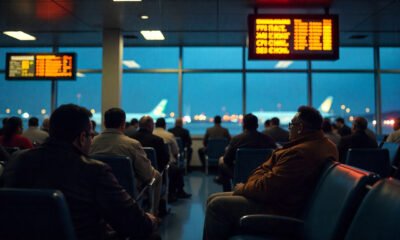











You must be logged in to post a comment Login